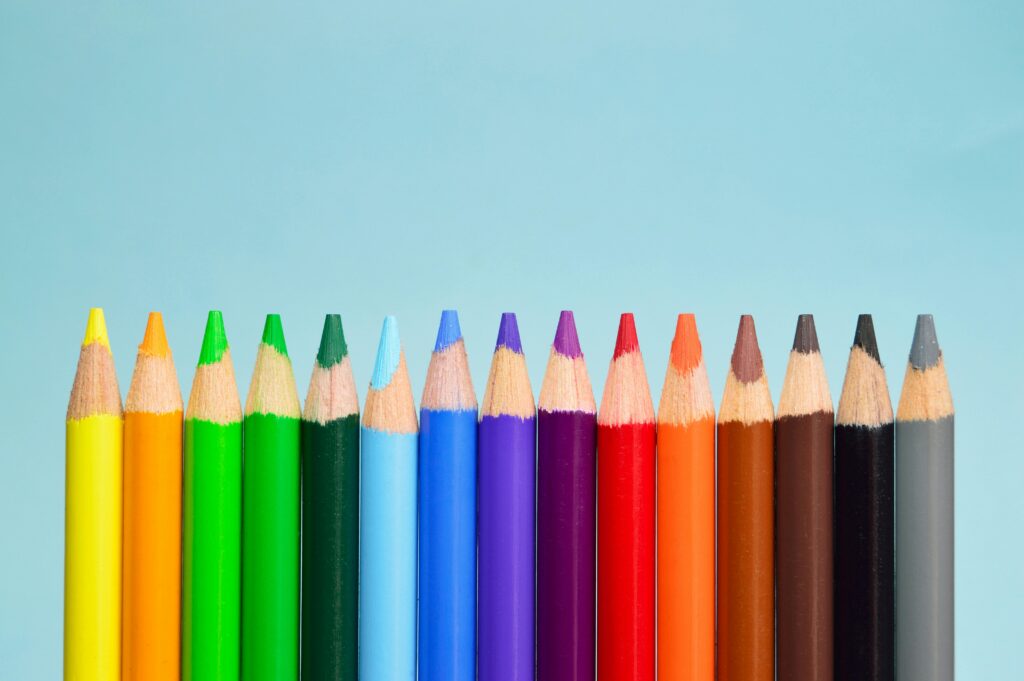This post is also available in Dutch.
The psychology of colour
Colour is more than just a design feature of the objects around us; it also affects our emotional state. For instance, red and yellow tend to evoke feelings of warmth, while blue and purple often create a sense of coolness. Colour plays a significant role in marketing strategies, as well as in interior design and the fashion industry. What emotion will a product stir in consumers? What kind of atmosphere should a workplace convey? And what should a head of state wear during an official visit? Colour psychology offers answers to these questions.

How our brain responds to colour
But why does colour evoke such varied emotions? Our body and brain react differently to each colour, triggering the production of certain chemicals in the brain such as dopamine and serotonin. These substances – along with specific brain areas like the amygdala – play an important role in how we feel. Global research also shows that the culture we grow up in strongly influences the emotions we associate with colours. For example, in China, the colour white is often linked to death, whereas in Europe, black is traditionally associated with mourning. One thing the world seems to agree on: red symbolises love.
Bringing the outdoors inside: colours that boost your workday
Ideally, your working environment should have a natural feel. A great way to achieve this is by introducing more greenery indoors. Often, simply adding a cheerful plant to your desk can brighten your workday – no need to repaint the entire room. Green is commonly associated with relaxation and happiness. Plants are not just nice to look at; they also make us feel better. Want to learn more? Read: ‘Are plants good for you?’: Fact or fiction?
Light also plays a major role, in addition to the colour of the room. During the day, choose a daylight lamp with a hint of blue light to stay alert and support your creative thinking. But be mindful not to work too late – dimming your lights in the evening helps to maintain a healthy sleep cycle. You can read more in: Reduce blue lights to sleep better during winter nights.
The colourful core
But what’s most important? That you feel good. Do you feel comfortable in the clothes you wear? Do you enjoy being at home, or do you prefer being at work? Which colours have the greatest effect on you? While general scientific findings are useful, in the end, it’s about what works best for you. The essence of all these insights is that colour truly matters – so don’t be afraid to experiment with it. A small change in colour might affect you more than you think!
Credits
Author: Natalie Nielsen
Buddy: Lucas Geelen
Editor: Wieger Scheurer
Translation: Vivek Sharma
Translation Editing: Charlotte Sachs
Image by Miguel Á. Padriñán via pexel.com
